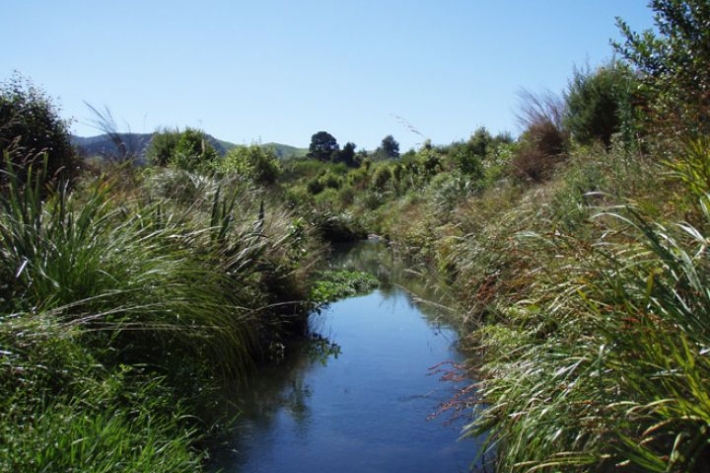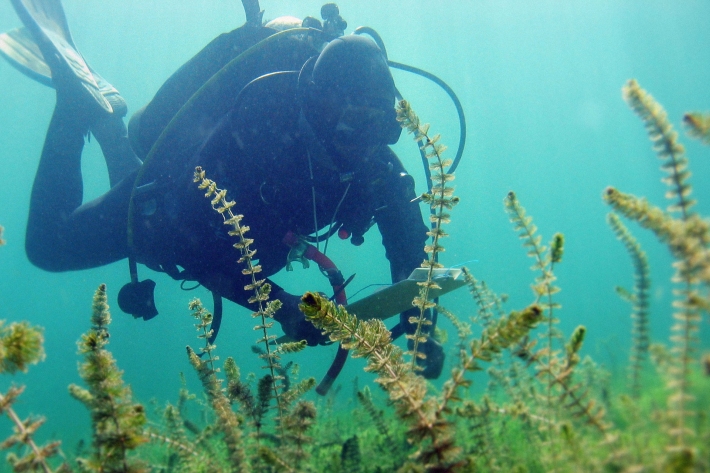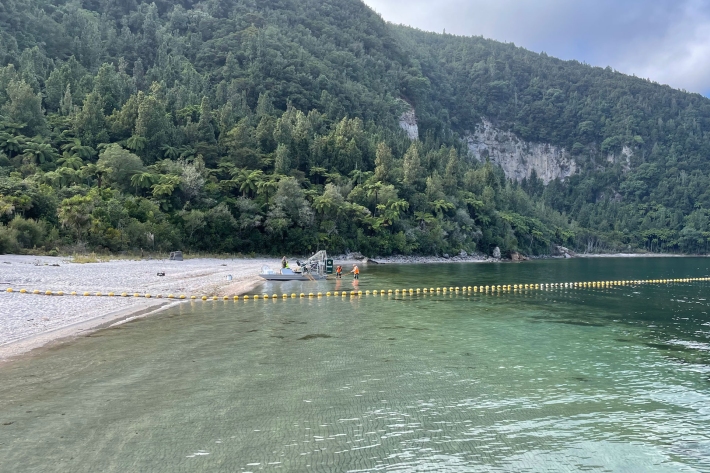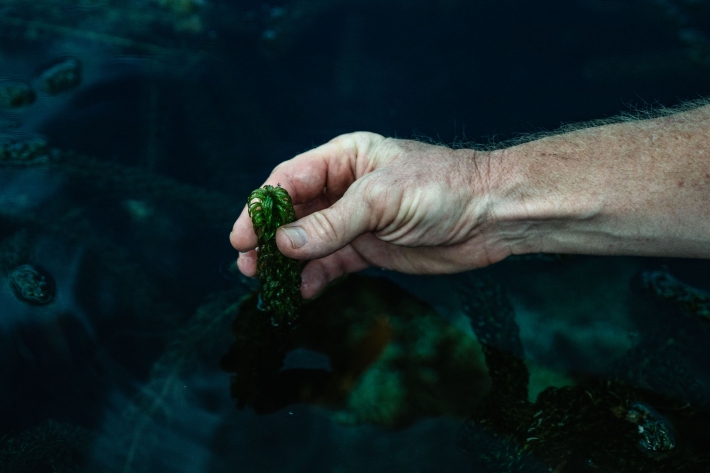-

Freshwater mitigation systems
Effective systems to manage contaminant losses -

Restoration of aquatic ecosystems
Research ProjectThis project aims to increase our knowledge of aquatic ecosystems and their restoration, and apply this to degraded streams, rivers, lakes and estuaries. -

Earth Sciences NZ staff profile: Aleki Taumoepeau
News article01 November 2025Aleki Taumoepeau is an Aquatic Biology Technician specialising in freshwater biosecurity and aquatic plant ecology. -

Endothall
Endothall (Endothall dipotassium) is a herbicide (chemical) that has been registered for the control of freshwater submerged (underwater) weeds in New Zealand. -

Roto Whakamahu: Degraded lakes restoration using native plants
Research ProjectEarth Sciences New Zealand researchers are studying the optimal growing conditions of aquatic plants to help restore degraded lakes. -

Extreme Lakeover: NIWA’s Guide to Rolling Back Life into New Zealand Lake
Publication article26 March 2025A team of NIWA freshwater ecologists have completed their research on the use of biodegradable plant mats as life rafts to help reintroduce native aquatic plants to degraded freshwater lakes. -

Gold clam life cycle
Learn more about gold clam life cycle -

NIWA Seeks Crucial Data to Boost Freshwater Protection Efforts
Publication article07 March 2025NIWA scientists are gathering data on freshwater mitigation across NZ to improve predictive models. -
Gold clam anatomy
The invasive gold clam is native to eastern Asia and is widely established in North and South America and Europe. In New Zealand it was first discovered in the Waikato River in May 2023 at Bob's Landing, within Lake Karāpiro. It has been declared an unwanted organism under the Biosecurity Act. -

RotoTurf Suitability Decision Tool
Software Tool/ResourceA tool to support decision-making on the suitability of RotoTurf for your waterbody -
RotoTurf: Aquatic plant ‘life rafts’ in degraded lakes
A team of NIWA freshwater ecologists are researching the use of biodegradable plant mats to help reintroduce native aquatic plants to degraded freshwater lakes in Aotearoa-New Zealand. -

RotoTurf Macrophyte Species Selector
Software Tool/ResourceA tool to select aquatic plant species that will support restoration of degraded freshwater.
